Why is Art Education Important in Schools?
Why is Art Education important in schools? The answer is simple: it can help equip children with the skills they need to succeed in the 21st century.
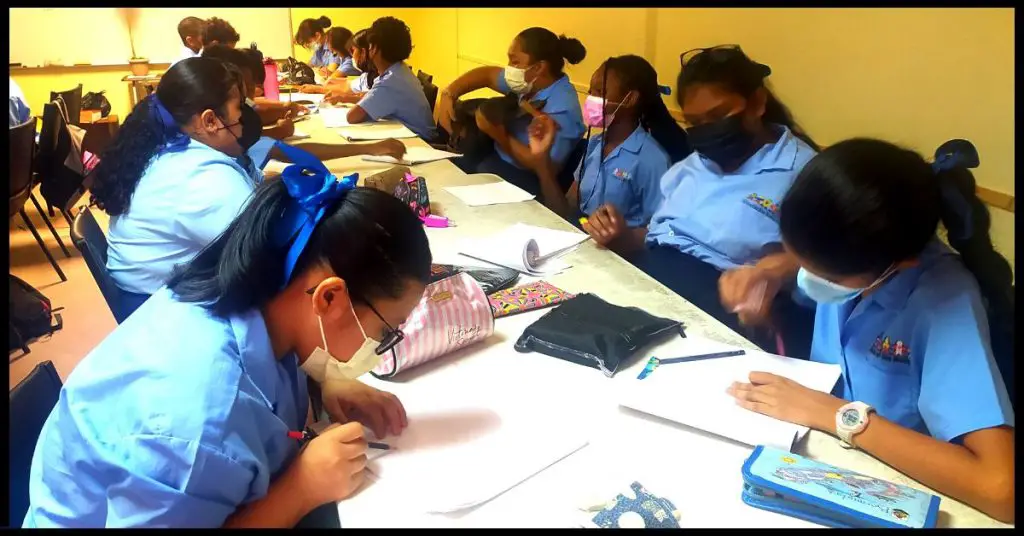
Art education is important in schools for a variety of reasons.
- First, art education teaches children how to think creatively and look at the world from different perspectives.
- Second, art education helps children develop fine motor skills and improve their hand-eye coordination.
- Finally, art education can boost self-confidence and self-esteem, as well as help children, learn to express themselves in a healthy way.
All of these reasons are important, but I believe that the most important reason why art education is important in schools is that it teaches children how to think creatively.
In a world that is increasingly reliant on technology, it is more important than ever for children to learn how to think outside the box and come up with creative solutions to problems. Art education helps children do just that.
Affiliate Disclaimer: This post may contain affiliate links, which means I will receive a commission if you make a purchase using these links.
17 Reasons Why Art Education is Important in Schools
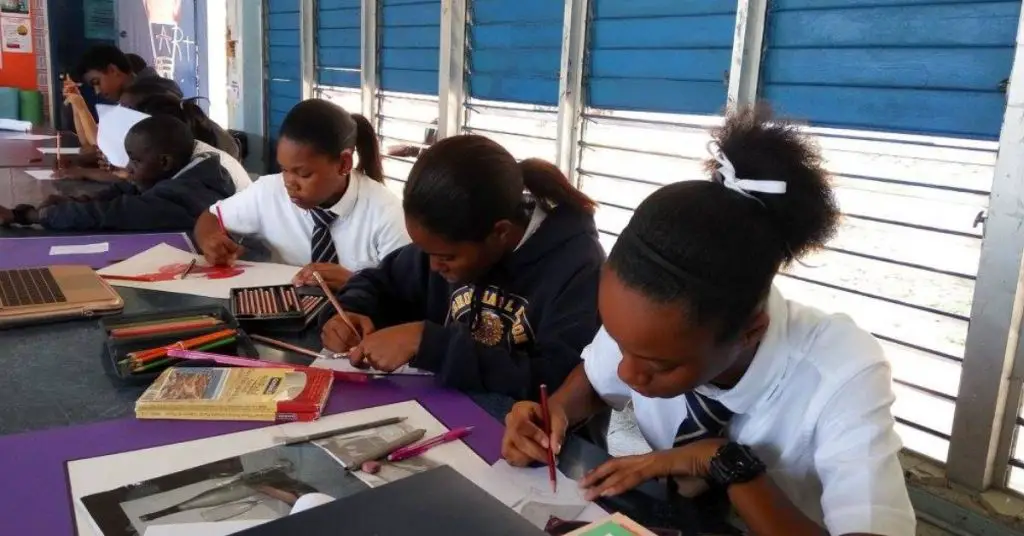
1. Art Help with Problem-Solving Skills
Art can help students develop problem-solving skills in a number of ways.
For example, art can teach students how to identify various elements of a problem and how to come up with creative solutions.
The process of creating art itself can help students learn how to think outside the box and approach problems from different angles.
Ultimately, by exposure to and engagement with art, students can develop better problem-solving skills that will serve them well in other areas of their lives.
2. Art Can Help Students Solve Difficult Concepts
Art can help students solve difficult concepts by providing them with a creative outlet to explore those concepts.
When students are given the opportunity to express their ideas through art, they can develop a deeper understanding of the concept.
Art can help students connect difficult concepts to real-world applications. By seeing how the concept is used in the world around them, students can better understand its importance.
3. Art Helps Students Develop Their Motor Skills
Art helps students develop their motor skills by providing them with opportunities to practice using their hands and fingers to create artwork.
The arts are a critical part of any well-rounded education and have been shown to help students develop their motor skills. In particular, activities such as drawing, painting, and sculpting can help improve fine motor skills, while activities such as dance and drama can help improve gross motor skills.
The benefits of developing motor skills go beyond the classroom and can last a lifetime.
4. Art Helps Students with Learning Gaps
Art can help students with learning gaps in a few ways. One way is that art can help stimulate the brain and allow students to learn in a more hands-on way.
Art can help to improve fine motor skills, which can be essential for tasks such as writing.
Furthermore, art can also serve as a form of expression, which can be beneficial for students who struggle to communicate their thoughts and feelings verbally.
5. Art Helps Develop Aesthetics
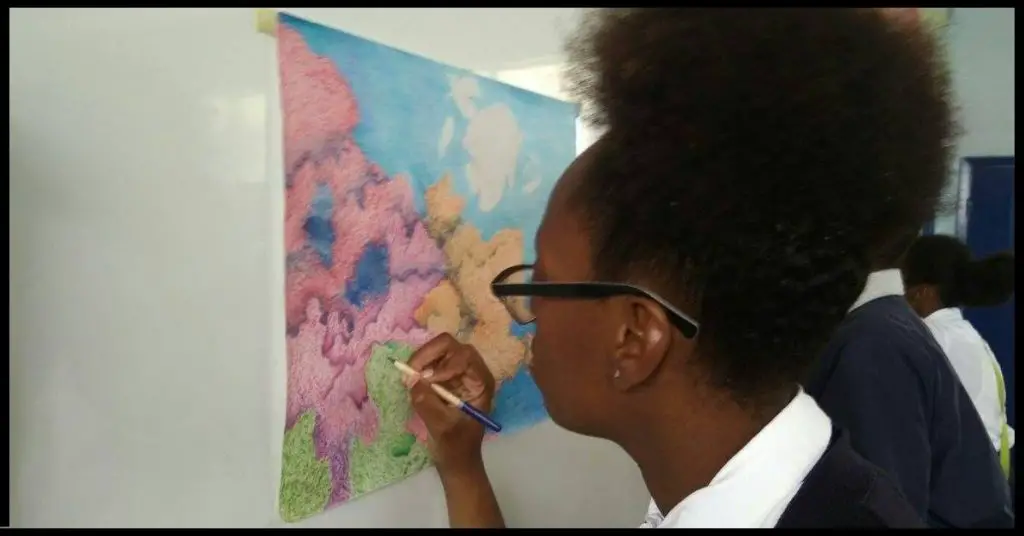
The arts can help students develop an appreciation for beauty and aesthetics. Through exposure to different art forms, students can learn to see the world in new and different ways.
This can lead to a greater understanding and enjoyment of the world around them. The arts can help students develop their own sense of style and taste.
By exploring different artists and art forms, students can learn about the many different ways that art can be created and experienced.
6. Art Can Boosts Critical Thinking Skills
Art appreciation can help boost students’ critical thinking skills. By engaging with art, students learn to analyze and interpret what they see.
This process requires critical thinking, which is a valuable skill for students to develop.
Through art appreciation, students can learn to question assumptions, think creatively, and develop their own interpretations of the world around them.
7. Art Challenges Learners of all Levels
Art can be a challenging subject for learners of all levels. However, the challenges that art poses can actually help students to learn and grow in their academic and personal lives.
For example, art can help students to develop critical thinking and problem-solving skills.
The act of creating art can be therapeutic and stress-relieving, providing students with a much needed outlet during times of academic or personal turmoil.
8. Art Connect Students with Their History
Art can help connect students with their history in a number of ways.:
- First, art can provide a visual representation of historical events, people, and places. This can help students to connect with and understand the past in a more tangible way.
- Studying art can also help students to develop critical thinking skills as they analyze and interpret the meaning of works of art.
- Finally, art can also be used as a tool for exploring and understanding the perspectives of people from different cultures and time periods.
9. Art Helps Students Learn About History and Other Cultures

Art helps students learn about history and other cultures by providing them with a visual representation of people, places, and events.
When students are able to see the art that comes from different cultures, they can better understand the stories and traditions that come with it.
Art can provide students with a new perspective on familiar topics. For example, looking at a painting of the Eiffel Tower can give students a different understanding of its history and meaning than simply reading about it in a textbook.
10. Art Helps in Other Academic Areas
Research by Americans for the Arts reveals that children who engage in the arts during the course of the week (three hours every day over three months) have an approximately 40 percent better chance of being given an academic award, participating in science fairs, or writing an essay or poem compared with their peers who do not participate.
11. Art can Help Students with Discipline Problems
Art education is extremely important in schools for students who may have discipline problems. Here are some ways in which it can help:
- Art can help these students in a number of ways, including teaching them about focus, cooperation, and self-expression.
- Through art education, students learn how to focus on a task and see it through to completion. This is an important skill for students who have trouble paying attention or following directions.
- In addition, art projects often require students to work cooperatively with others, which can help them learn to get along with others and communicate effectively.
- Finally, art education provides an outlet for self-expression for students who may be struggling with personal issues.
- Creating art can be therapeutic and help students work through their emotions in a healthy way. It can also boost self-esteem and confidence.
12. Art Appreciation Makes a Significant Difference in Students’ Lives
Art appreciation has been shown to have a positive impact on students’ lives on a macro level.
Studies have shown that students who appreciate art are more likely to be successful in school and in their careers.
Art appreciation has been linked to a number of other benefits, including increased creativity, improved mental health, and increased empathy.
13. Art is Important to a Well-Rounded K-12 Education
A well-rounded education should include various forms of art in order to help children express themselves and learn about the world around them.
While some may view art as a hobby or a way to pass the time, it can actually teach children valuable skills that can be applied in other areas of their lives.
As was stated before in this post, art can help children develop problem-solving skills. When presented with a blank canvas or piece of clay, children must use their imagination to create something out of nothing.
This requires them to think outside the box and come up with creative solutions, a skill that will be useful in all sorts of situations.
In addition, art can also promote critical thinking and self-reflection. Children learn to examine their own work and the work of others through a new lens, looking at things such as composition, balance, and aesthetics.
14. Art Helps with Innovation and Creativity
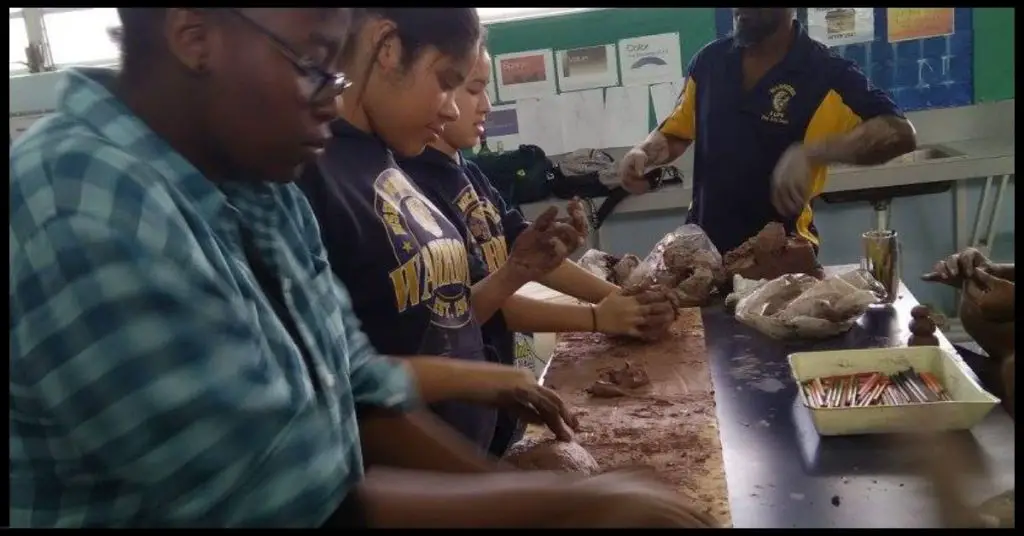
In a rapidly developing world, it is more important than ever for children to be exposed to art education in schools.
Art helps with innovation and creativity, two key skills that are essential for success in the 21st-century workforce.
Good interpersonal skills are also essential in today’s workplace. Art education can help children develop these skills by teaching them how to communicate and collaborate effectively with others.
Exposing children to the arts at an early age can also help them develop a lifelong love of learning.
Studies have shown that people who are involved in the arts are more likely to continue learning throughout their lives.
So why is art education important in schools? The answer is simple: it can help equip children with the skills they need to succeed in the 21st century.
15. Studying Art also Helps Improve Academic Performance
Art education is extremely important for students in schools. Many people may not realize how much art education can help them academically.
However, studies have shown that students who receive art education perform better on tests and have higher GPAs overall.
16. Art Helps With Clarity of Expression
Art is often seen as a way to express oneself, and it can be helpful in terms of clarity of expression.
When students engage in art-making, they are often working through their thoughts and feelings, trying to make sense of them.
In the process, they can gain a better understanding of what they are thinking and feeling, and how to communicate those thoughts and feelings to others.
Art can thus be seen as a tool for developing clarity of expression.
17. Art Can Help Students Develop Grit and Perseverance
Art has been shown to improve students’ grit and perseverance. Grit is the ability to stick with something and see it through to the end, even when it’s difficult.
Perseverance is the ability to keep going even when you’re facing setbacks. Both of these qualities are important for success in life.
Art can help students develop grit and perseverance by teaching them to persevere in the face of difficulty and to keep going even when they encounter setbacks.
My Final Thoughts on Why is Art Education Important in Schools
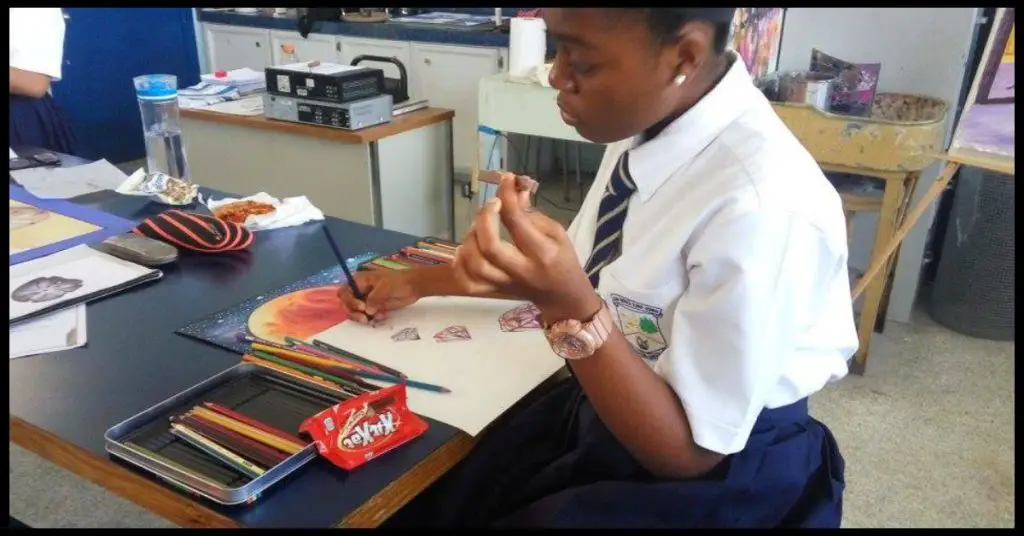
I believe that art education is important in schools for a variety of reasons. First, art education can help students develop critical thinking and problem-solving skills.
Second, art education can help students learn to express themselves creatively and confidently.
Third, art education can help students gain an appreciation for the arts and culture. fourth, art education can help students develop a sense of discipline and commitment.
Finally, art education can help students build self-esteem and self-confidence.
Nowadays, schools are under pressure to focus on standardized testing and core academic subjects. However, art education is important too. It helps children develop creativity, critical thinking, and collaboration skills. So let's make sure that all our schools offer quality art education programs.
Please share your thoughts below in the comments section. Thank you.


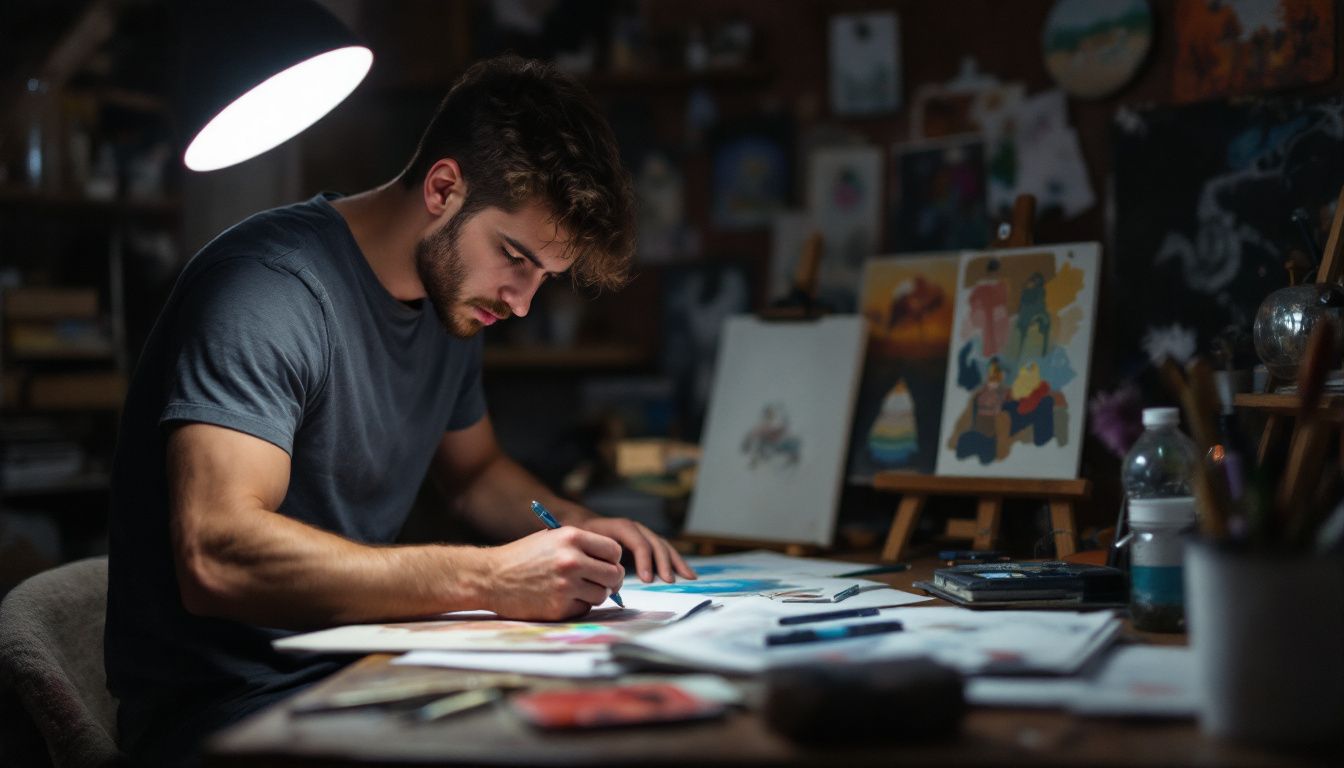
Leave a Reply